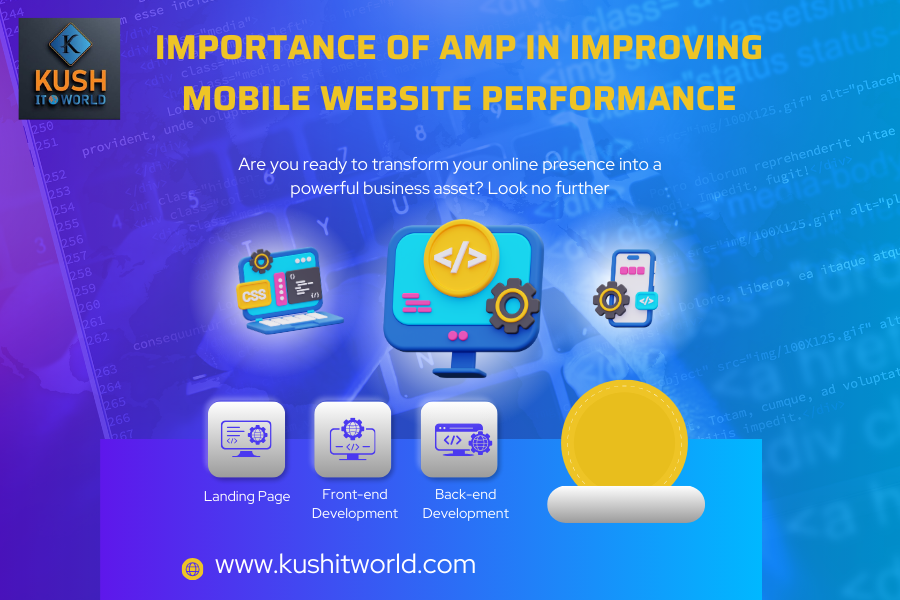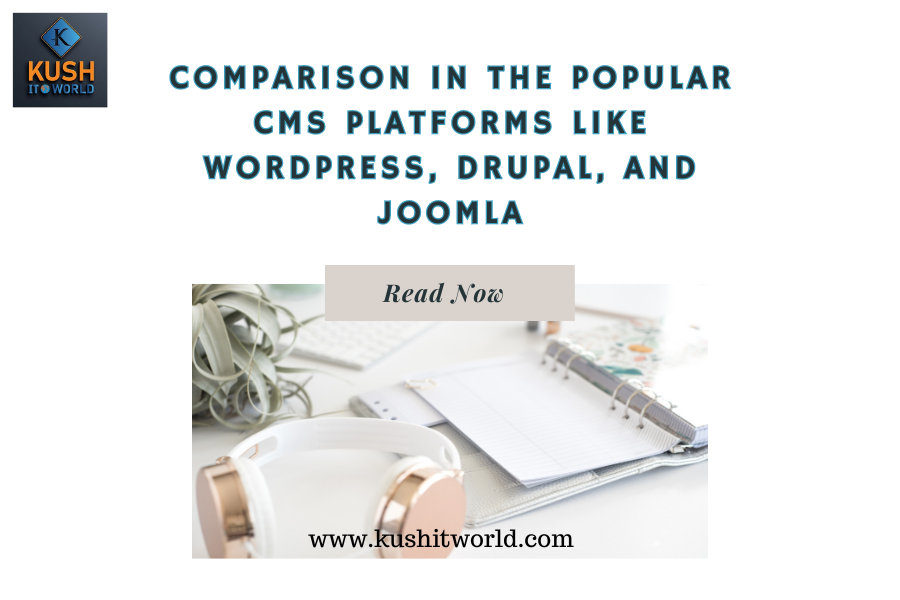Progressive Web Apps (PWAs): Explore the benefits of PWAs, their development process, and how they can enhance user engagement.
Progressive Web Apps (PWAs) are a game-changer in the world of web development. These innovative web applications combine the best of both worlds—web and mobile apps. They offer users an enhanced, reliable, and engaging experience while providing developers with a streamlined development process. In this article, we’ll explore the benefits of PWAs, delve into the development process, and discover how they can elevate user engagement.
The Benefits of Progressive Web Apps
1. Cross-Platform Compatibility
PWAs are platform-agnostic, meaning they work seamlessly on various devices and operating systems, including Windows, iOS, and Android. This cross-platform compatibility reduces the need to create separate applications for different platforms, saving time and resources.
2. Lightning-Fast Loading Speeds
PWAs are known for their exceptional loading speed. They utilize service workers, which are scripts that run in the background, to cache content and enable offline access. This means that even in poor network conditions, users can access your PWA quickly and efficiently.
3. Enhanced User Experience
PWAs offer a highly responsive and app-like user experience. The fluid, smooth animations and interactions make users feel as if they are using a native mobile app rather than a traditional website. This user-friendly experience encourages engagement and keeps visitors on your site.
4. Offline Accessibility
The ability to work offline is one of the defining features of PWAs. With cached data and resources, users can continue to browse your PWA even when they have no internet connection. This feature is especially valuable in regions with unreliable connectivity.
5. Reduced Data Usage
PWAs are designed to be data-efficient. They load only the necessary resources, reducing data consumption, which is particularly important for users on limited data plans.
6. Search Engine Optimization (SEO)
PWAs can be indexed by search engines, just like traditional websites. This means that your PWA can be found and ranked in search results, increasing its visibility to potential users.
The Development Process
Developing a PWA involves several key steps:
1. Understand Your Audience
Identify your target audience and their needs. Consider which features and functionality will be most valuable to them.
2. Build a Responsive Web App
Start by creating a responsive web application that adapts to various screen sizes. This serves as the foundation for your PWA.
3. Implement Service Workers
Service workers are essential for enabling offline access and improved performance. They act as intermediaries between your PWA and the network, allowing for content caching and background synchronization.
4. Use Web App Manifest
Create a web app manifest, a JSON file that defines how your PWA should behave when installed on a user’s device. This includes specifying the app’s name, icons, and splash screen.
5. Test and Optimize
Thoroughly test your PWA across different devices and browsers. Address any issues related to performance, compatibility, and user experience. Optimize your PWA to ensure it loads quickly and efficiently.
6. Promote Installation
Encourage users to install your PWA on their devices. Make it easy for them by offering a prompt to install, and educate them on the benefits of doing so.
Enhancing User Engagement
PWAs have the potential to significantly boost user engagement:
1. Push Notifications
PWAs can send push notifications to users, even when the app is not open. This feature allows you to re-engage users, send updates, and promote new content or features.
2. Improved User Retention
The app-like experience, offline accessibility, and fast loading times provided by PWAs can increase user retention rates. Users are more likely to return to your PWA for their needs.
3. Social Sharing
PWAs can take advantage of social sharing features, allowing users to easily share content with their social networks, increasing your app’s reach and exposure.
4. Native App Feel
The seamless and responsive user experience of PWAs makes users feel like they’re interacting with a native app. This, in turn, leads to higher user engagement and satisfaction.
In conclusion, Progressive Web Apps (PWAs) represent a significant advancement in web development. They offer a range of benefits, from cross-platform compatibility to enhanced user experiences and offline accessibility. By understanding the development process and leveraging these advantages, you can create a PWA that not only engages users effectively but also serves as a versatile and efficient solution for your web presence. PWAs have transformed the way we interact with the web, and their future looks promising as they continue to gain traction in the digital landscape.











